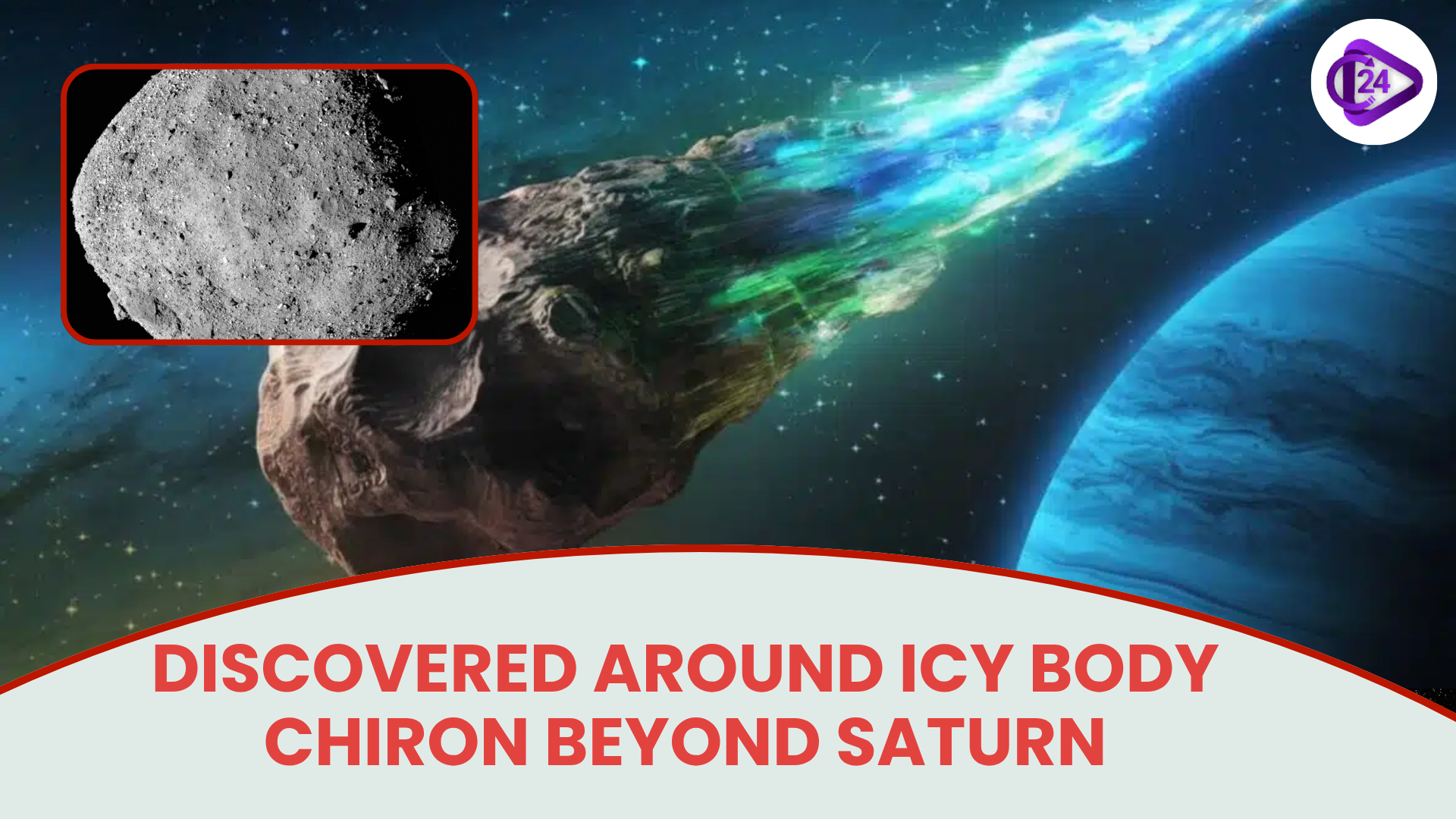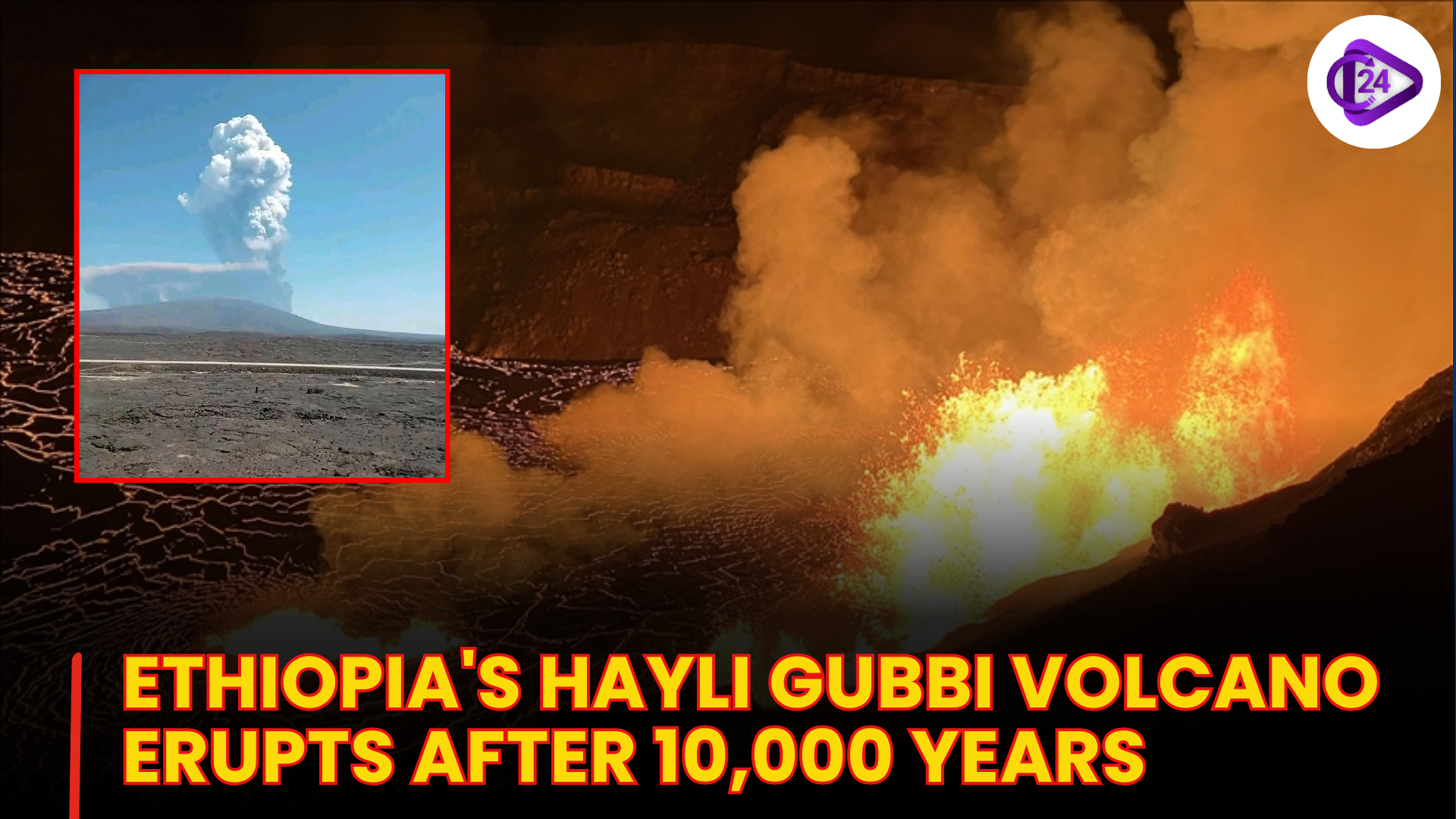
The astronomers, in the first instance, have seen the formation and development of a ring system around (2060) Chiron, a small ice centaur between Saturn and Uranus. There are four rings, each named in the study, three of which were closely located around the center of Chiron, and the remaining outer ring, which was relatively diffuse. These rings are seen to vary with time, and this provides scientists with a unique real-time observation of the dynamics of the rings of a small body. The results enhance our knowledge of the way the rings can be created and develop outside the major planets.
From Gas Giants to Centaurs: Rings Observed Across the Solar System
-
Chiron Joins Solar System with Evolving Rings as Solar System Just Discovered.
-
Saturn to Chiron: Introduction to Ring System in the Solar System.
-
Scientists Have Discovered moving rings around the icy centaur Chiron outside Saturn.
-
Solar System Rings: Neptune, Chiron, Uranus, Saturn, and Jupiter.
-
Examples of Rare Ring Structures that Have Been seen around Minor Planet Chiron Between Saturn and Uranus.
-
The rings of celestial bodies unveiled by Chiron provide new perspectives on the development and evolution of the rings.
-
Further Developing the List of Ringed Worlds: Discovery of Chiron Shocks Scientists.
-
Gas Giants to Centaurs: Rings Found over the Solar System.
-
Four Rings of Ice and Discovered Around Icy Body Chiron, the First of Its Type Past the Large Planets.
-
The Dynamic Rings of Chiron Provide a Peek at Little Body Rings in the Outer Solar System.
Conclusion
The identification of a developing ring system around the icy centaur, Chiron, is a revolutionary step in the study of the planets. The four clear rings surrounding a small object in outer space past Saturn are the first evidence of ring formation and dynamics. The discovery overlays this gap of knowledge between the systems of giant planet rings and small heavenly bodies, which shows that the complexity of ring systems is not specific to gas giants. The rings of Chiron enhance our knowledge of the evolution of the Solar System and processes of small bodies.



 Netflix to buy Warner Bros Discovery's Studios, Streaming Unit for $72 Billion
Netflix to buy Warner Bros Discovery's Studios, Streaming Unit for $72 Billion Russia to Join India-led International Big Cat Alliance
Russia to Join India-led International Big Cat Alliance India, Maldives Begin 14th Edition of Exercise Ekuverin 2025
India, Maldives Begin 14th Edition of Exercise Ekuverin 2025 World AIDS Day 2025
World AIDS Day 2025 Riyadh Metro Breaks Guinness World Record as Longest Driverless Metro Network
Riyadh Metro Breaks Guinness World Record as Longest Driverless Metro Network Vietnamese Film ‘Skin of Youth’ Bags Golden Peacock Award
Vietnamese Film ‘Skin of Youth’ Bags Golden Peacock Award India Launches Operation Sagar Bandhu to Support Sri Lanka After Cyclone Ditwah
India Launches Operation Sagar Bandhu to Support Sri Lanka After Cyclone Ditwah Jakarta Becomes World’s Most Populous City In 2025
Jakarta Becomes World’s Most Populous City In 2025 G20 Summit 2025 Overview: Theme, Venue Countries and Goals Explained
G20 Summit 2025 Overview: Theme, Venue Countries and Goals Explained Hayli Gubbi Eruption Raises Regional Alert Across Ethiopia and Neighbouring Nations
Hayli Gubbi Eruption Raises Regional Alert Across Ethiopia and Neighbouring Nations






